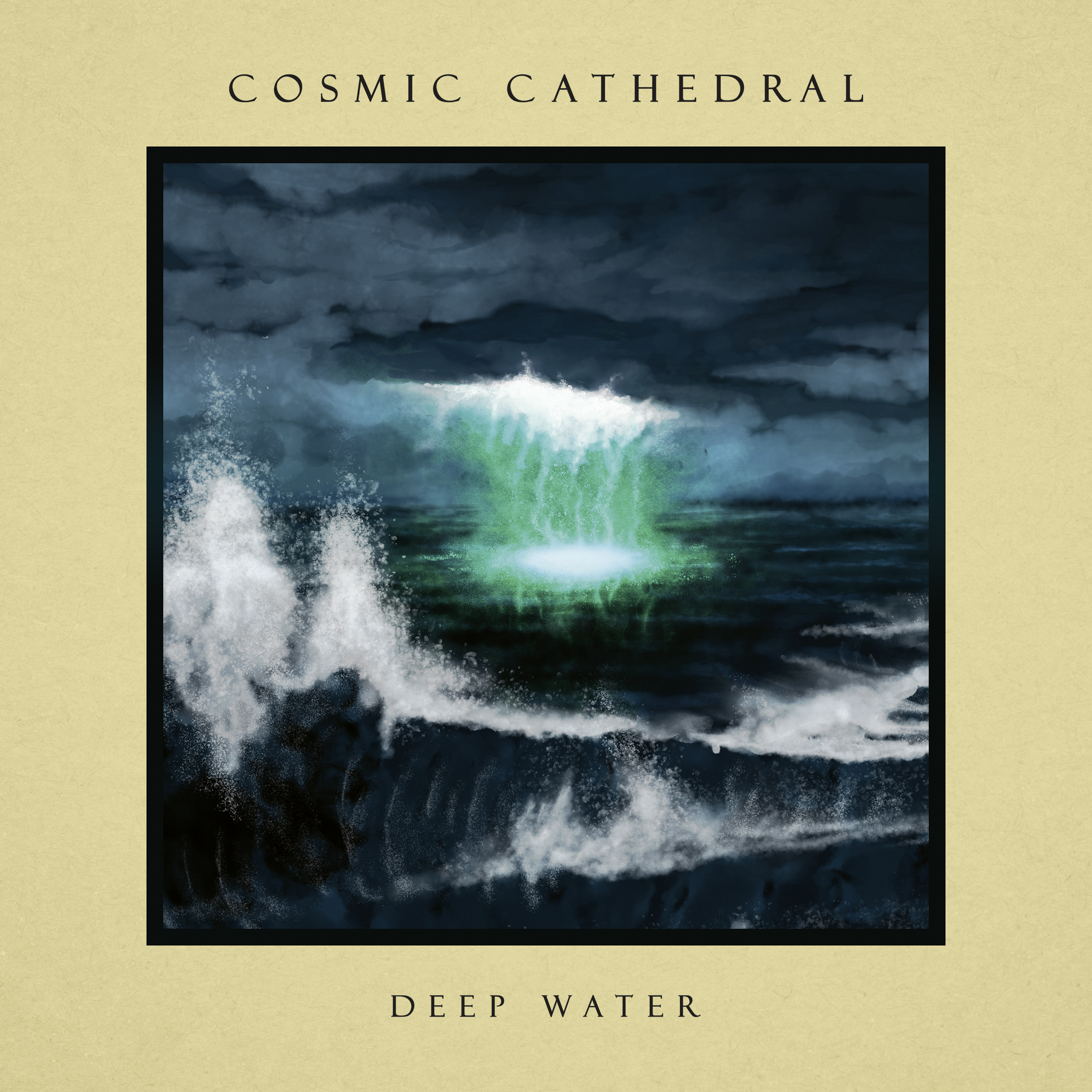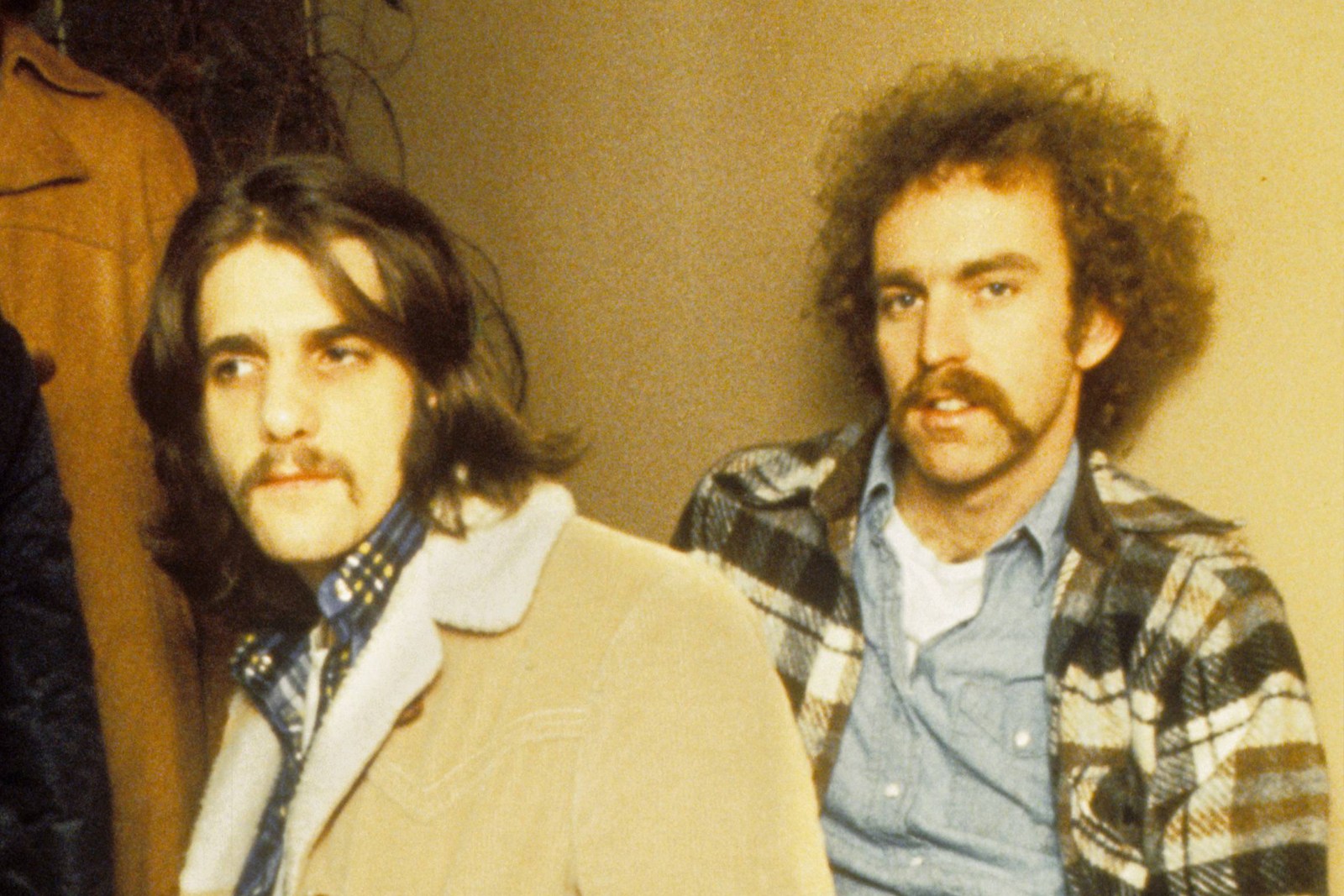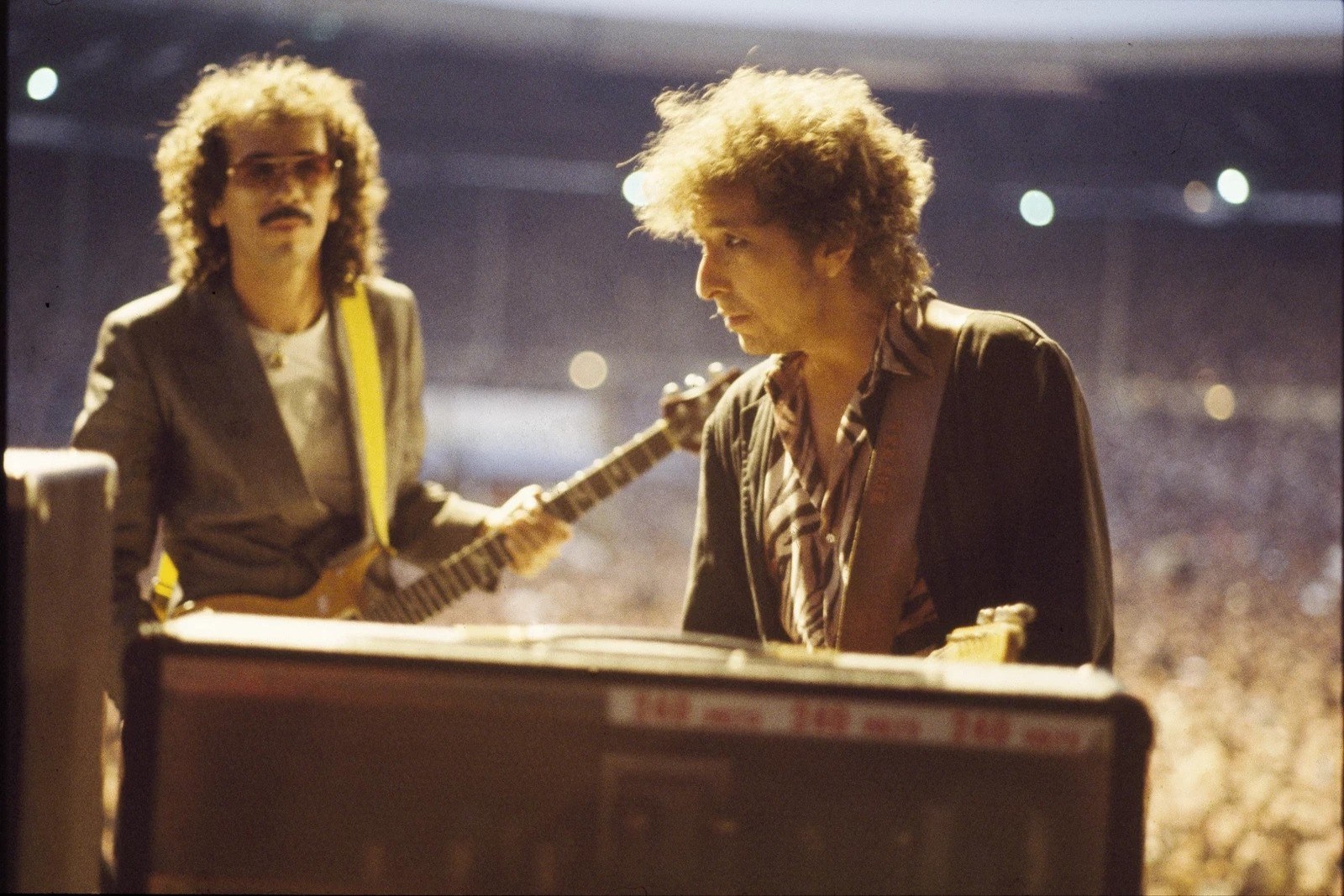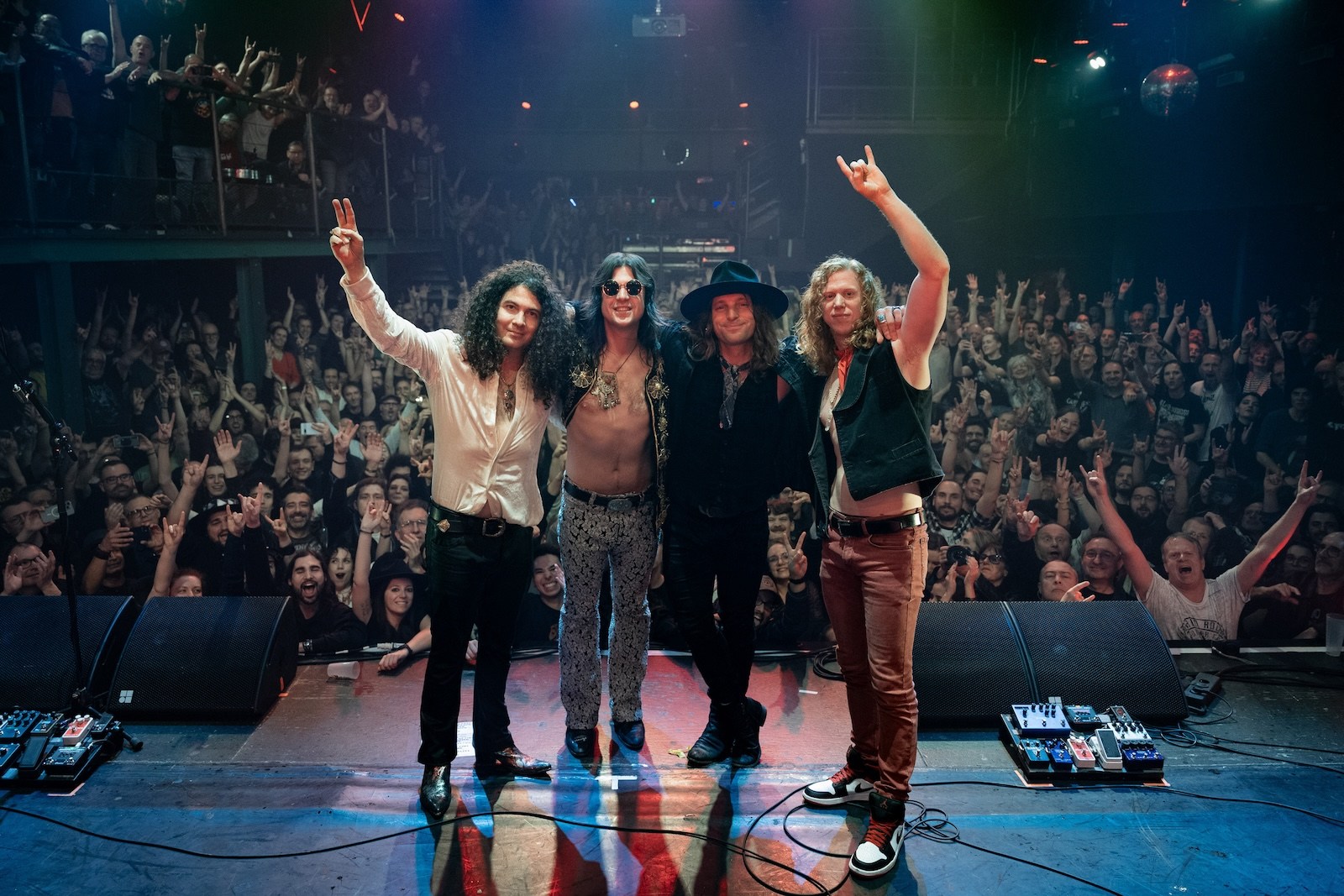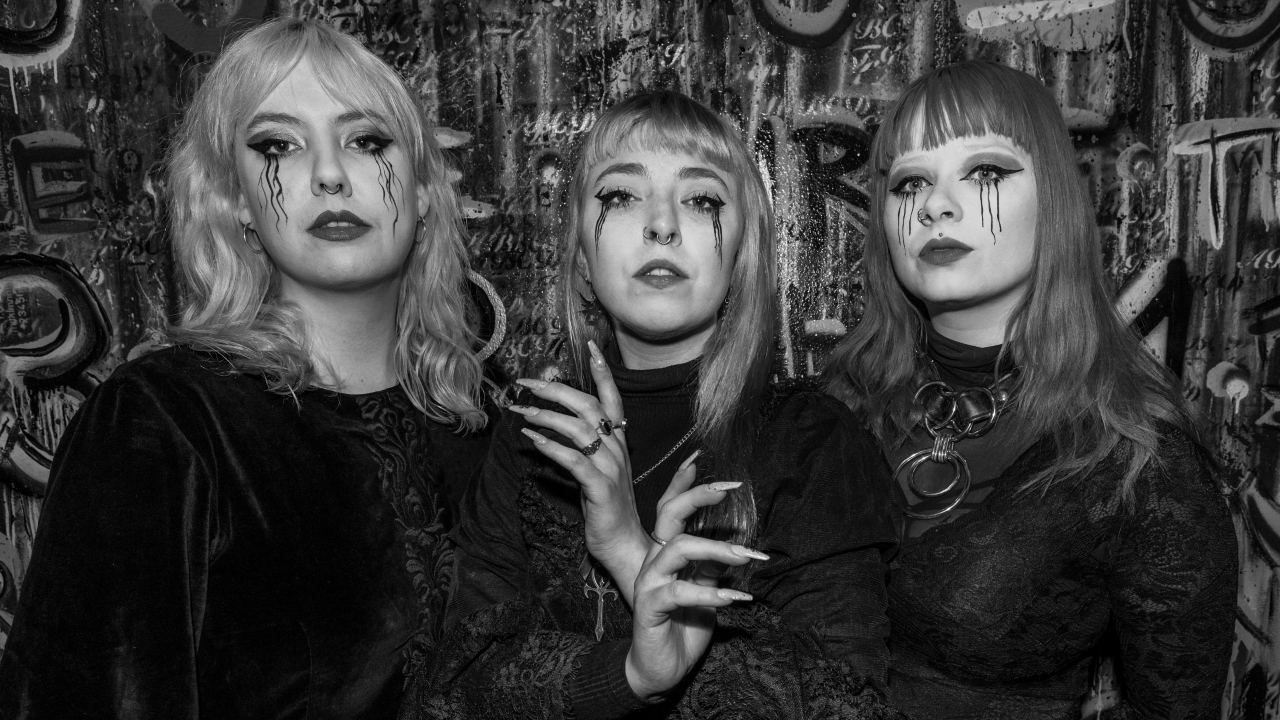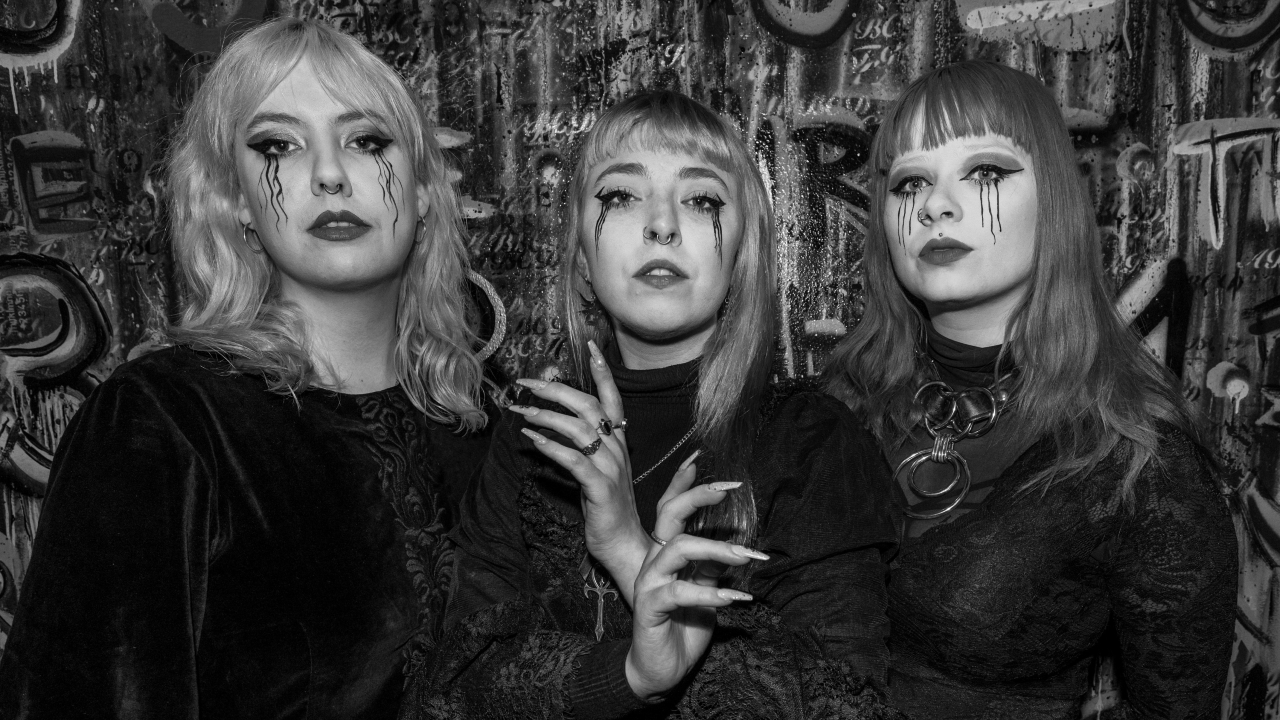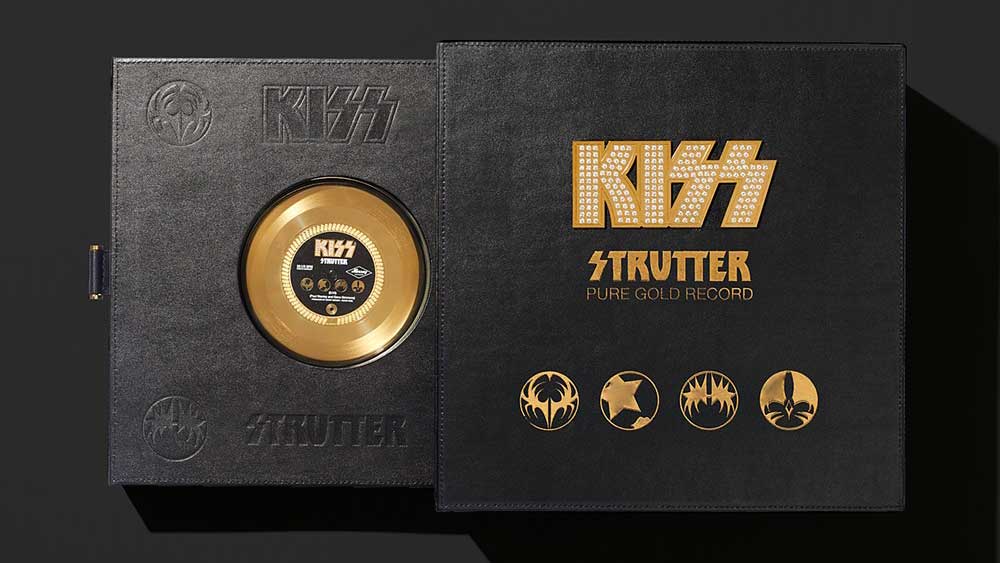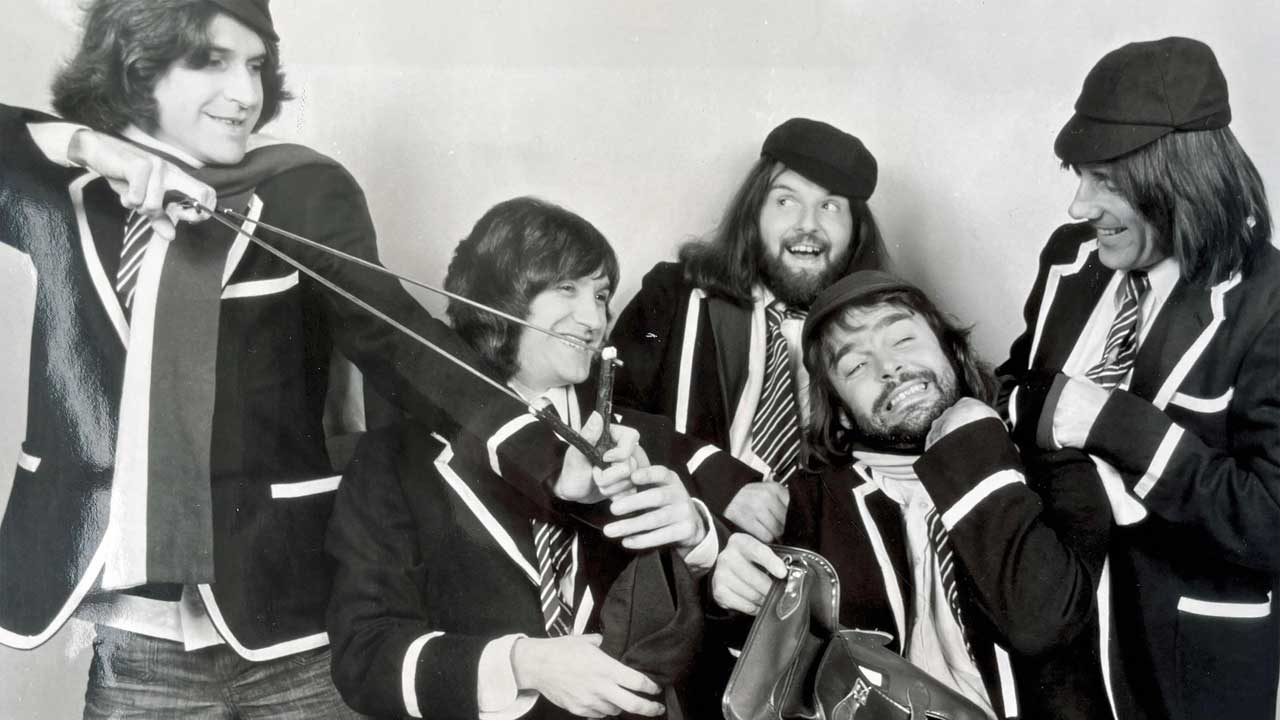Some artists thrived in the ’80s — Michael Jackson, Prince, Madonna, etc. Others, arguably, did not. Even the most devoted of Bob Dylan fans don’t typically point to the ’80s as his best decade of musical output.
For one thing, Dylan’s conversion to Evangelical Christianity and religious music at the tail end of the ’70s left many people confused. He would return to secular music in 1983, but reception to the albums he released in these years varied. “Empire Burlesque puts the snarl back in Bob Dylan‘s music,” Rolling Stone said of the 1985 release. A year later, the same publication would describe Knocked Out Loaded as a “conceptual mess,” “ultimately a depressing affair.”
But that doesn’t mean there were not great Dylan songs to come out of the ’80s. In the below list, we’ve ranked 20 of them, taken from Dylan’s seven studio releases and two live ones.
20. “Tight Connection to My Heart (Has Anybody Seen My Love)”
From: Empire Burlesque (1985)
Even with an ’80s vibe, you know you’re in for a treat when Mick Taylor is on guitar and Sly and Robbie is your rhythm section, as is the case for “Tight Connection to My Heart (Has Anybody Seen My Love).” “I really enjoyed playing with him because he’s been an idol of mine since I was 14 or 15,” Taylor would later say. “I think his songs are brilliant, you know?”
19. “Had a Dream About You, Baby”
From: Down in the Groove (1988)
Down in the Groove was recorded over a period of at least four years, which is probably why the album as a whole doesn’t sound all that smooth. “Had a Dream About You, Baby” is a fun, rocking little number that comes at the end of side one. Of particular merit here is the guitar part by none other than Eric Clapton.
18. “Pressing On”
From: Saved (1980)
Saved, the second release in Dylan’s trilogy of Christian albums, expanded on themes he first wrote about for 1979’s Slow Train Coming. Considering Dylan was born and raised Jewish, he was surprisingly not all that bad at writing gospel music, as evidenced by a song like “Pressing On,” which has subsequently been covered by artists like John Doe and Alicia Keys.
17. “Brownsville Girl”
From: Knocked Out Loaded (1986)
“Working with Dylan is not like working with anybody else,” playwright Sam Shepard, who co-wrote “Brownsville Girl” with Dylan, told The Village Voice in 2004. “He had that little snatch of a chorus and melody lines that he’d laid out. He had ’em on tape and then he would play them on guitar. The way I found my way into it with him was to follow this story that started to evolve. All these characters started to pop into the story. Traveling around, visiting these characters, tracking people down. We met outdoors, in Malibu. Most of the writing was outdoors.”
16. “Dark Eyes”
From: Empire Burlesque (1985)
One of the tracks on Empire Burlesque is not like the others. “Dark Eyes” closes the album, but it sounds little like the rest of it. Sparsely arranged, it’s much more like Dylan’s old folk catalog than his overall ’80s output, which makes for a refreshing change.
15. “You Wanna Ramble”
From: Knocked Out Loaded (1986)
Dylan didn’t write this one, Little Junior Parker did — just one of a handful of covers on Knocked Out Loaded that the Los Angeles Times called in 1986 “a strange, intriguing lot.” Dylan’s version is an upbeat start to the album, even with that infamous thin ’80s drum sound.
14. “What Can I Do for You?”
From: Saved (1980)
The interesting thing about Dylan’s period of religious writing is that while many of his songs’ themes derived from biblical stories and lessons, the lyrics could still be interpreted in any number of secular ways. “What Can I Do for You?” is clearly in reference to Dylan’s own personal salvation — “You’ve chosen me to be among the few” — but it also can be thought of in a more worldly way, accepting one’s own identity and learning to be kinder to others.
13. “I Want You,” Live With the Grateful Dead
From: Dylan & the Dead (1989)
Not everyone likes or appreciates the style of the Grateful Dead. Fair. But in the second half of the ’80s, Dylan found himself in an awfully depressing position. “I had no connection to any kind of inspiration. Whatever was there to begin with had all vanished and shrunk,” he wrote in his autobiography Chronicles: Volume One. “Everything was smashed. My own songs had become strangers to me, I didn’t have the skill to touch their raw nerves, couldn’t penetrate the surfaces. It wasn’t my moment of history anymore. There was a hollow singing in my heart and I couldn’t wait to retire and fold the tent.” Enter the Grateful Dead, who toured with Dylan in 1987 and breathed new life into many of those older songs, which resulted in the 1989 live album Dylan & the Dead.
12. “Sweetheart Like You”
From: Infidels (1983)
Infidels could be described as Dylan’s triumphant return to mainstream music, but interestingly it was made using a lot of the same people that contributed to his Christian albums. An extra special thank you should be paid to Mark Knopfler of Dire Straits, who co-produced Infidels, and Mick Taylor, who plays the compelling guitar solo here on “Sweetheart Like You.” “Are you in love at the moment?” Rolling Stone asked Dylan in 1984, the year after Infidels was released. “I’m always in love,” he replied.
11. “Everything Is Broken”
From: Oh Mercy (1989)
At the tail end of the ’80s, Dylan released arguably his strongest album of the decade. And don’t just take our word for it — Oh Mercy went to No. 30 in America, Dylan’s highest-charting album in years. “Everything Is Broken” is one of Dylan’s listicle type songs, spurred along by a 12-bar blues arrangement. “With Bob, I wanted to make sure that his voice was captured powerfully, rendered with sincerity, and be viewed as great as it ever was,” producer Daniel Lanois said to MusicRadar in 2011. “The thing you have to ask yourself is, ‘What does a guy like Bob Dylan need?’ Here’s a man who has everything, who’s done everything. Well, he needs a friend and a curator, a guy who will say, ‘Bob, this one is better than that one. This one is really great — let’s do it.’ A friend is what he really wants from somebody who works with him.”
10. “Silvio”
From: Down in the Groove (1988)
Not for nothing: in 2024, Barack Obama named Dylan’s “Silvio” as one of his favorite songs of the summer. Talk about a deep cut. But this writer thinks the former president was onto something. “Silvio,” with its “hoo! hoo!” backing vocals by the Grateful Dead and upbeat tempo, is an exceptionally bright spot in an otherwise perplexing album.
9. “Tombstone Blues,” Live With Carlos Santana
From: Real Live (1984)
Carlos Santana ripping a guitar solo onstage with Dylan — it’s more likely than you’d think. In 1984, Dylan and Santana set out on a tour of Europe, where guests like Joan Baez, Chrissie Hynde, Bono, Van Morrison and more made guest appearances. But only one guest landed a spot on Dylan’s 1984 live album Real Live: Carlos Santana on an invigorating version of “Tombstone Blues.”
8. “Don’t Fall Apart on Me Tonight”
From: Infidels (1983)
“Don’t Fall Apart on Me Tonight” is a strong enough song lyrically we can look past that persistent ’80s drum sound — such were the times. As far as Knopfler was concerned, Dylan was king in terms of songwriting, both on the ’60s albums Knopfler grew up with and on Infidels. “Bob’s musical ability is limited, in terms of being able to play a guitar or a piano,” Knopfler told Guitar Player in 1984. “It’s rudimentary, but it doesn’t affect his variety, his sense of melody, his singing. It’s all there. In fact, some of the things he plays on piano while he’s singing are lovely, even though they’re rudimentary. That all demonstrates the fact that you don’t have to be a great technician. It’s the same old story: If something is played with soul, that’s what’s important.”
7. “Slow Train,” Live With the Grateful Dead
From: Dylan & the Dead (1989)
In 1995, Dylan spoke at Jerry Garcia‘s funeral, offering some beautiful words about someone he clearly thought was as talented as they come, if not more so. But the most poignant thing Dylan said that day happened after the service. John Scher, longtime promoter for the Dead, left Garcia’s funeral with Dylan, who turned to him and said: “‘You know what, John?’ I said, ‘What, Bob?’ He said, ‘The guy lying there [referring to Garcia], he’s the only one in the world and knows what it’s like to be me.’ Which was pretty profound.”
6. “License to Kill”
From: Infidels (1983)
Dylan was by no means the only artist to be disillusioned by a lot of what was going on in the ’80s, capitalistically speaking, but his words certainly held particular weight. In “License to Kill” he sang that “Man has invented his doom / First step was touching the moon.” “I have no idea why I wrote that line, but on some level, it’s like just a door into the unknown,” he said to Rolling Stone in 1984. “I mean, what’s the purpose of going to the moon? To me, it doesn’t make any sense. Now they’re gonna put a space station up there, and it’s gonna cost, what – $600 billion, $700 billion? And who’s gonna benefit from it? Drug companies who are gonna be able to make better drugs. Does that make sense? Is that supposed to be something that a person is supposed to get excited about? Is that progress?”
5. “Masters of War,” Live
From: Real Live (1984)
In 1966, Dylan famously said the following at one of his concerts, just before launching into a song called “I Don’t Believe You:” “It used to go like that but now it goes like this.” Some people think of Dylan’s penchant for reworking his older songs — trying out new arrangements, using new lyrics, etc. — as a detriment to his catalog. Others, including this writer, feel the opposite. Below is a raucous version of “Masters of War,” an entirely different ballgame than the 1963 original that’s just as worthy.
4. “Every Grain of Sand”
From: Shot of Love (1981)
Even the most dedicated of Dylan fans have their complaints about 1981’s Shot of Love. But if there is one track that fans seem to agree is one of Dylan’s best written, it’s “Every Grain of Sand,” which closes the album. Look past the slightly schmaltzy arrangement to the lyrical content, a compelling piece about what redemption, religious or otherwise, can mean to one person. “Sometimes I turn, there’s someone there,” Dylan sings, “other times it’s only me.”
3. “When the Night Comes Falling From the Sky”
From: Empire Burlesque (1985)
It’s remarkable how one of the single most ’80s-sounding songs of Dylan’s entire career is one of his most catchy, at least as far as we’re concerned. “When the Night Comes Falling From the Sky” barrels ahead at full steam and demonstrates that Dylan clearly wasn’t opposed to trying out new technology. “I don’t know how to do the thing with the studio where you use it as another instrument,” he admitted to Rolling Stone in 1985. “A lot of kids can. But it’s too late for me.” Au contraire.
2. “What Was It You Wanted”
From: Oh Mercy (1989)
“If you’ve ever been the object of curiosity,” Dylan wrote in Chronicles, “then you know what this song is about. It doesn’t need much explanation.” Make of that what you will. Suze Rotolo, Dylan’s girlfriend in New York City during the early ’60s and a formative figure in his life, once called “What Was It You Wanted” “the essence of Bob Dylan,” a song that “showcases his acerbic wit and his ability to twist multiple meanings around his finger.”
1. “Most of the Time”
From: Oh Mercy (1989)
To be fully transparent, this writer prefers the acoustic version of “Most of the Time” that appeared on The Bootleg Series Vol. 8: Tell Tale Signs: Rare and Unreleased 1989–2006. Even so, it’s staggeringly powerful lyric-wise, ’80s drum sound notwithstanding, and thanks to Lanois’ production has a bit of a dream-like quality to it.
Bob Dylan Albums Ranked
Through ups and downs, and more comebacks than just about anyone in rock history, the singer-songwriter’s catalog has something for just about everyone.
Gallery Credit: Michael Gallucci

